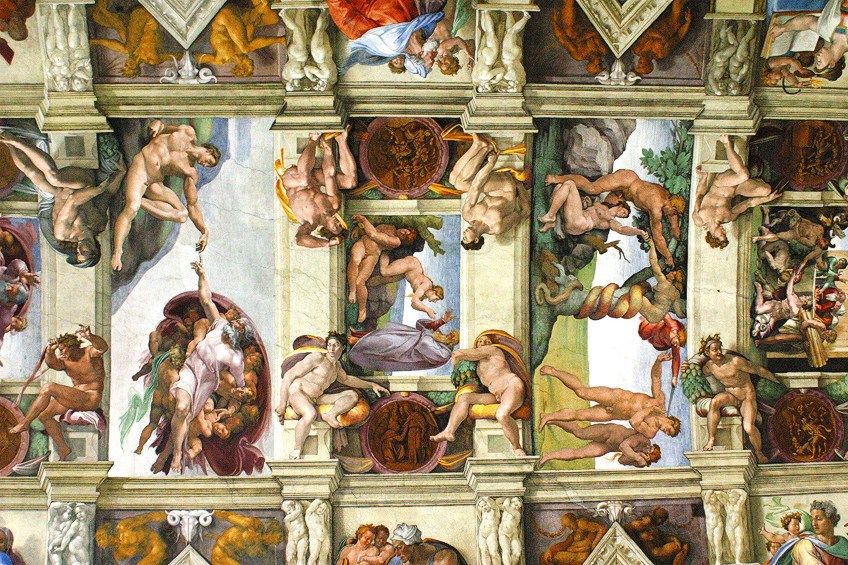Renaissance Facts – A Summary of Renaissance History
What was the Renaissance and what does Renaissance mean? Following the Middle Ages, Europe had an intense era of artistic, cultural, geopolitical, and commercial “reawakening” known as the Renaissance. In this article, we will not only be exploring Renaissance history, but we will also be uncovering the most interesting Renaissance facts.
Contents
- 1 A Brief Introduction to Renaissance History
- 2 Interesting Renaissance Facts
- 2.1 The Renaissance Era Changed How We Viewed the World
- 2.2 The High Renaissance Was an Era of Exceptional Art
- 2.3 Many Important Texts Were Printed During the Renaissance
- 2.4 The Renaissance Was a Very Significant Period in History
- 2.5 Humanism Became Better Understood
- 2.6 The Renaissance Introduced Advances in Culture and Science
- 2.7 Not Everyone Agrees on How Enlightened the Era Truly Was
- 2.8 The Renaissance Affected Views on Religion
- 2.9 Exploration Helped Spread Renaissance Ideas
- 2.10 Music Flourished During the Renaissance
- 3 Frequently Asked Questions
A Brief Introduction to Renaissance History
The Renaissance, which lasted from the 14th through the 17th centuries, fostered the revival of ancient literature, philosophy, and art. During this period, some of the finest intellectuals, writers, diplomats, physicists, and craftsmen in history flourished, while global discovery opened up new nations and civilizations to European trade.
The Renaissance is recognized for linking the Middle Ages and present-day civilization.
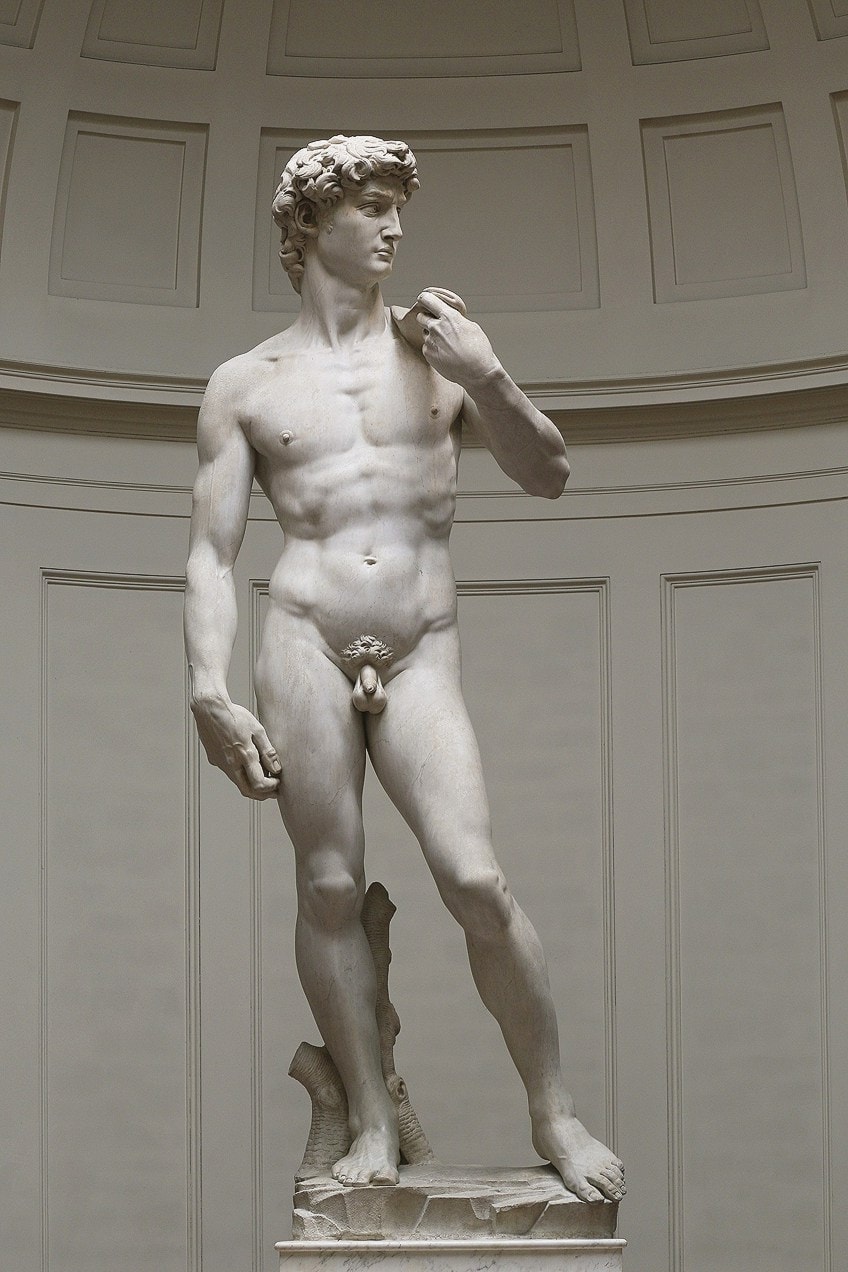
How Did the Renaissance Start?
Europeans achieved limited progress in science and culture throughout the Middle Ages, which lasted from the downfall of ancient Rome in 476 A.D. to the commencement of the 14th century. The period, sometimes known as the “Dark Ages,” is generally associated with conflict, illiteracy, starvation, and epidemics like the Black Death.
Nevertheless, other scholars argue that such bleak images of the Middle Ages were vastly overblown, while many concur that there was a scant appreciation for classical Roman and Greek ideas and knowledge at that period.
Why is the Renaissance So Important?
Humanism, a social philosophy, began to gain traction in Italy around the 14th century. Humanism supported, among other things, the belief that humanity was the core of his own cosmos and that individuals should value his accomplishments in academia, traditional arts, writing, and technology.
The advent of the Gutenberg printing press in 1450 enhanced connectivity throughout Europe, and accelerated the dissemination of ideas.
Little-known books by early humanist writers like Giovanni Boccaccio, and Francesco Petrarch which championed the rebirth of old Roman and Greek culture and ideals, were published and circulated to the public as a consequence of this advancement in communication.
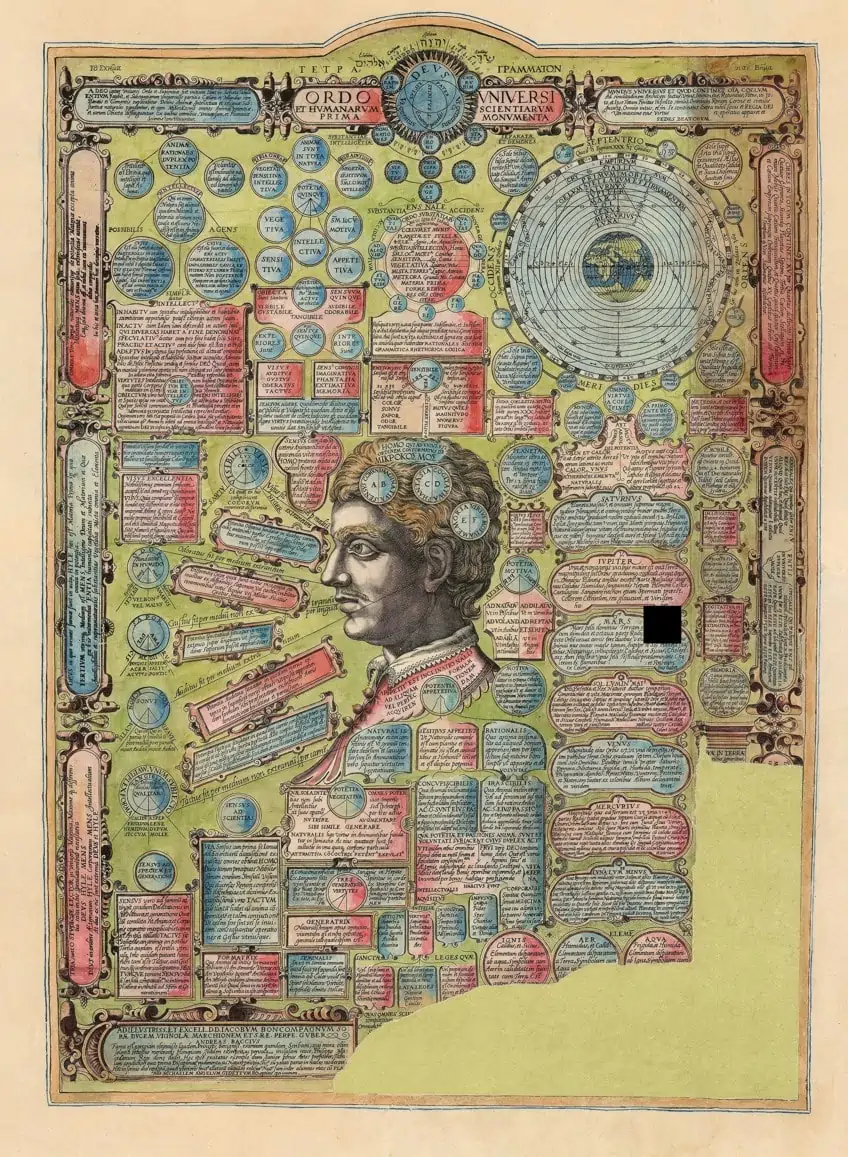
When Did the Renaissance End?
Scholars think that a combination of reasons contributed to the Renaissance’s downfall. By the conclusion of the 15th century, the Italian peninsula had been ravaged by a slew of conflicts. Invaders from Spain, France, and Germany fought for Italian lands, causing disturbance and volatility in the area. Shifting trade routes also resulted in an economic downturn, limiting the quantity of money that affluent benefactors could invest in the arts.
Subsequently, in reaction to the Protestant Reformation, the Catholic church suppressed artists and authors in a campaign known as the Counter-Reformation. Many Renaissance philosophers were afraid of being too daring, which inhibited their innovation.
Interesting Renaissance Facts
During the Renaissance, architecture, art, and science were inextricably interwoven. In reality, it was a once-in-a-lifetime opportunity for these disciplines of research to merge effortlessly. Artists such as Leonardo da Vinci, for example, utilized scientific elements such as physiology in their works in order to replicate the human form with exceptional detail.
Architects like Filippo Brunelleschi researched mathematics in order to precisely create and design massive structures with vast domes. Scientific advancements resulted in dramatic paradigm shifts: Descartes and Galileo gave a new perspective of mathematics and astronomy, respectively, while Copernicus claimed that the Sun, and not our planet, was the center of our solar system.

The Renaissance Era Changed How We Viewed the World
The Renaissance signaled the conclusion of the Middle Ages and the beginning of a new way of thought and conducting things. The Renaissance period bridged the Middle Ages and the Present Era. This was the era when the term “Renaissance Man,” which referred to persons who were learned in a variety of fields, such as Leonardo da Vinci, was developed. When Martin Luther King challenged the Catholic Church, which was enormously influential at the time, he helped to bring out Protestantism.
This was also regarded as the Era of Exploration since Columbus found the Americas and individuals like Vasco da Gama established maritime routes.

Italians researched the old Roman style of living, culture, and other aspects and understood that the ancient peoples live in a completely different way. That is why, beginning in the 1300s, there were advances in most areas of life, such as entertainment, literature, artwork, and instruction, with the goal of making people’s lives better and more joyful.
The High Renaissance Was an Era of Exceptional Art
Michelangelo’s statue of David (c. 1504), Raphael’s School of Athens (1511), and Leonardo da Vinci’s Mona Lisa (1503) were all completed during the High Renaissance, an era of extraordinary artistic creation. While Leonardo da Vinci and Michelangelo are more well-known and would be considered the primary Renaissance artists, Giotto di Bondone, an artist from Florence, would be the first one to try something innovative in painting.
Giotto abandoned the Byzantine aesthetic of the Medieval Era and preferred to portray things and people as they were rather than the conventional abstract painting.

Another fascinating truth is that Leonardo da Vinci and Michelangelo both used to examine human corpses in order to precisely depict and sculpt humans!
It was unlawful for individuals who were not doctors to cut corpses, but they did it anyway, and they’re the only two who could model and depict people exactly the way they were! Was it a combination of skill and thorough research? The two famous artists were rivals, and Michelangelo was reported to have mocked Leonardo da Vinci for not finishing a horse sculpture!
Many Important Texts Were Printed During the Renaissance
Johannes Gutenberg brought printing to Germany in 1450 and spread his expertise throughout Europe, drastically altering the past and future of text conservation and replication. During this period, the vast migration of Byzantine experts who escaped to Italy from Constantinople and pushed their works of Graeco – Roman provenance to the area further enriched the field of literature.
The transmission of knowledge and ideas enabled the Renaissance to spread as a result of Gutenberg’s breakthrough. The King James Bible was published throughout the Renaissance period alongside other manuscripts which were being produced at the time.
As the Church was the most popular and wealthy organization, this Bible had become the most renowned. The Bible was completed in 1611 by a team of academics and interpreters who worked on it for more than seven years.
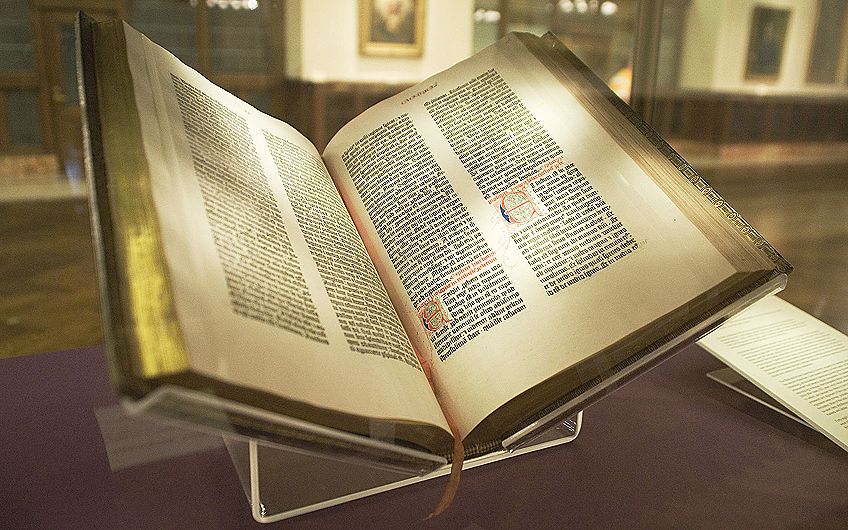
The Renaissance Was a Very Significant Period in History
We owe it to the Italians to introduce the Revival to the rest of the globe. The Renaissance began in Italy and extended throughout Europe. The term Renaissance, on the other hand, is a French word that signifies rebirth, which suggests that individuals of the period began to look at several things with the resurgence of curiosity, and a great many things transformed.
The Renaissance is one of the most pivotal and significant times in global history. Consider art, design, literature, entertainment, style, and innovation! The renaissance began in Italy because the country was enormously affluent, and the elite was interested in spending their wealth on activities like music and art.

Humanism Became Better Understood
The famed ‘Founder of Humanism,’ Francesco Patrarcha, was a writer and student who researched and communicated ideas and poetry to other writers throughout Europe, and he also signaled the rise of the Renaissance. Many in his area were inspired by his study of poetry and ideas from Ancient Rome.
Humanism implies that individuals recognized the significance and relevance of humanity in the world.
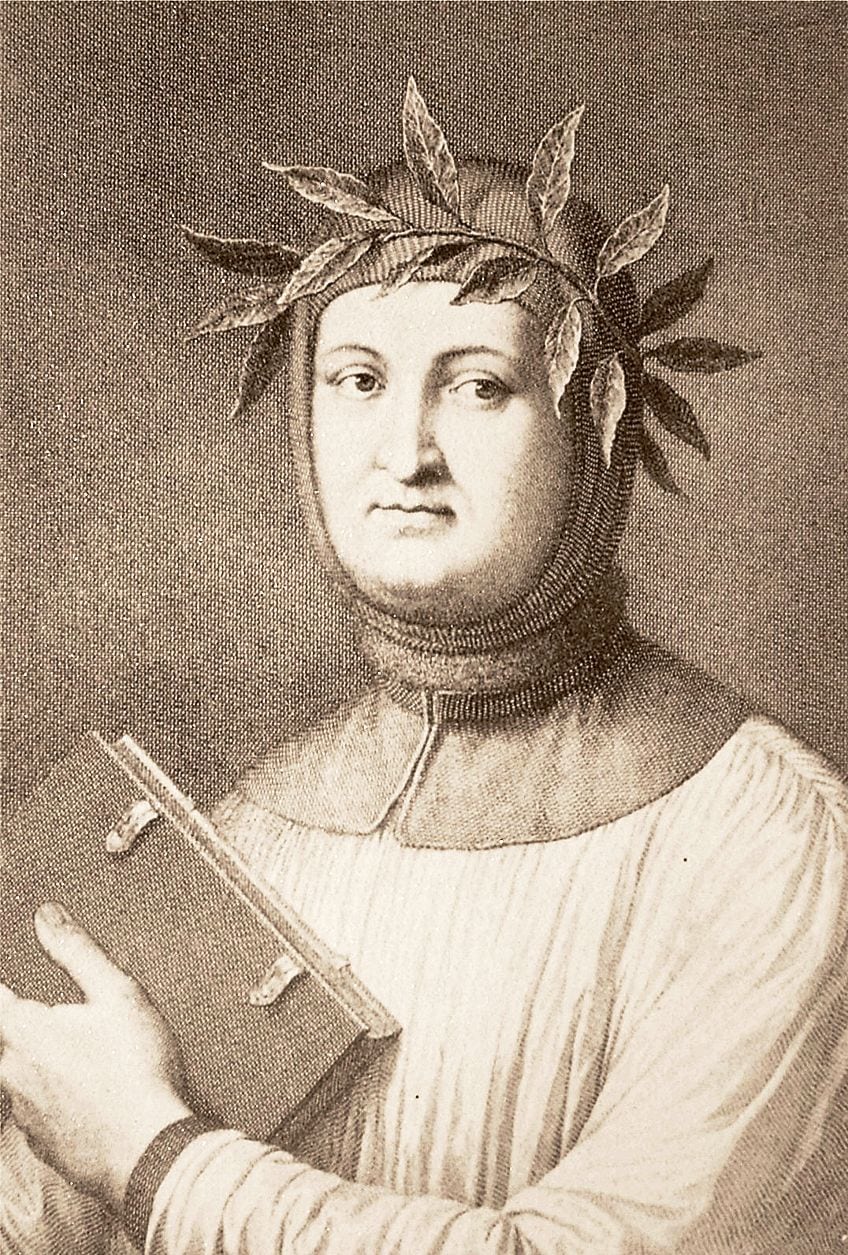
Humanism stated that learning Greek and Latin was essential for living a moral and successful life. Accounting was emphasized throughout the Renaissance period, with publications on financial accounting released, some of which were written by the Founder of Accounting, Luca Pacioli.
The Renaissance Introduced Advances in Culture and Science
The Medici family was a rich banker family that utilized their fortune to support artists in their humanism cause. In the 1400s, the family moved to Florence. The age of enlightenment and artistic metamorphosis advanced throughout this time period.
One interesting truth is that, despite being at the center of it all, Rome and Florence were rivals throughout this time period.
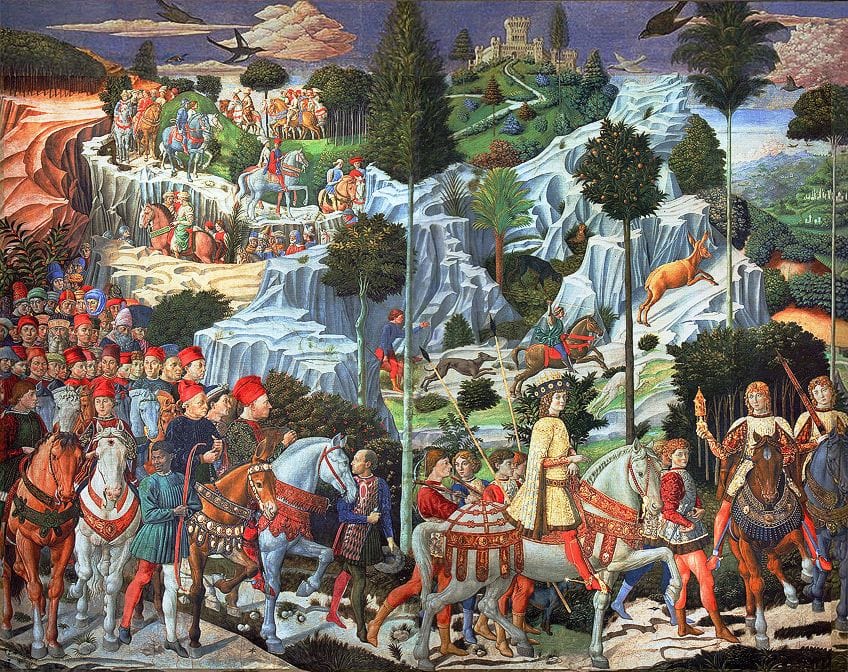
The Pope would finally raise Rome, thereby defeating Florence. The Medici family may be seen in most artworks from the time; they are the individuals in the rear, dressed in red and carrying money. The sciences advanced by huge strides during this time period, and biology and chemistry were accepted and superseded Aristotelian natural philosophies.
Medical research expanded at the same rate as other fields of study. Filippo Brunelleschi, the designer, made significant advances in architecture and mathematics, as did Isaac Newton, Francis Bacon, Galileo, and Rene Descartes, among many others.
Not Everyone Agrees on How Enlightened the Era Truly Was
Some historians believe the word “Renaissance” is overly broad, and that the “Renaissance-era” was not very enlightening. According to some historians, the Period was more truly part of a ‘Longue Duree’ of European chronology.
Religious warfare, government corruption, injustice, witch-hunts, and unscrupulous Borgia Popes remained serious issues during the Renaissance era.
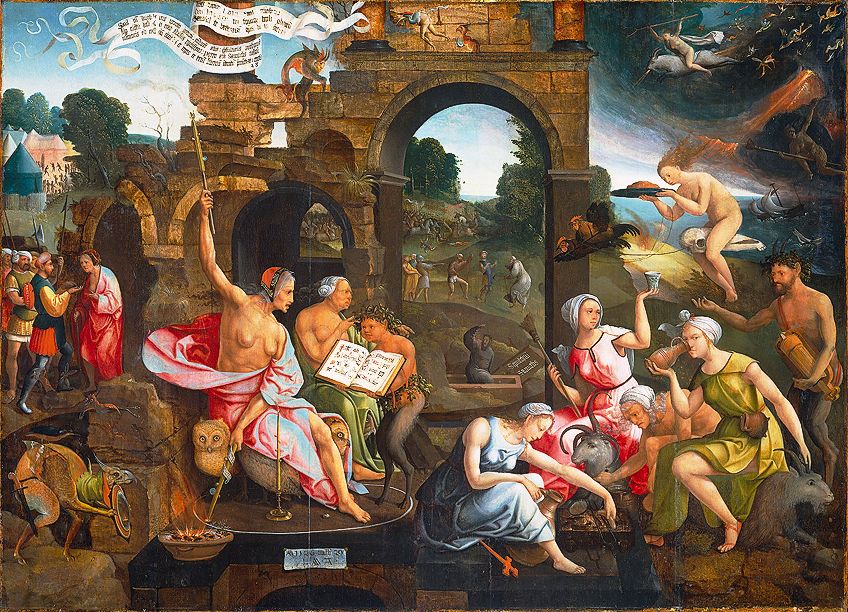
Most individuals who lived throughout the Renaissance did not consider it to be a “Golden Age”. While many historians see the Renaissance as a distinct and exciting period in European history, some believe that it was little distinguishable from the Middle Ages and that the two eras intersected more than traditional descriptions imply.
Furthermore, some modern historians argue that the Middle Ages had a distinctive character that has been overlooked and overwhelmed by the Renaissance era.
While the precise chronology and overall influence of the Renaissance are frequently disputed, there is little doubt that the occurrences of the period led to developments that transformed the way people perceived and perceived the universe around them.
The Renaissance Affected Views on Religion
During the Renaissance, humanism prompted Europeans to challenge the position of the Roman Catholic church. As more humans learned to read, think, and understand ideas, they started to scrutinize and criticize religion as they understood it.
Furthermore, for the first time, the printing press enabled writings, such as the Bible, to be readily printed and extensively read by the people themselves.
Martin Luther, a German monk, led the Protestant Reformation in the 16th century, a revolutionary movement that produced schism in the Catholic church. Luther questioned several church practices and whether they were consistent with the words of the Bible.
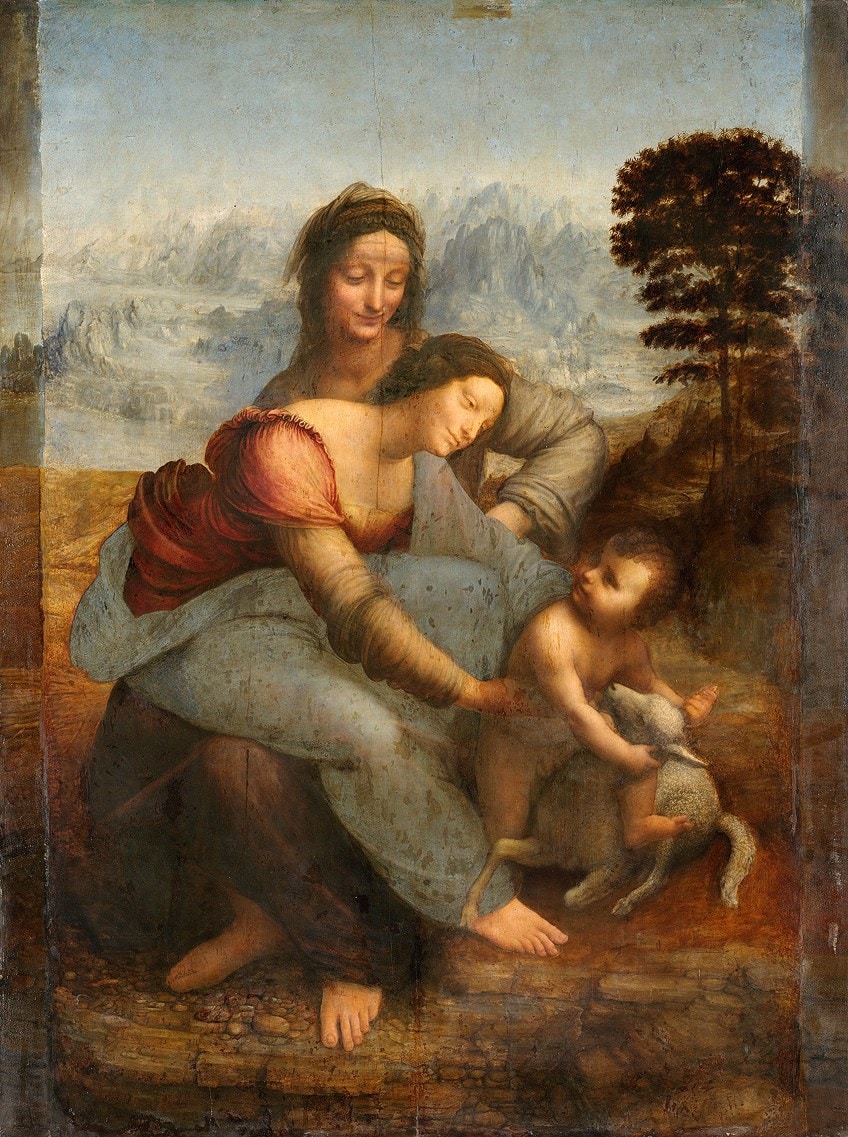
Exploration Helped Spread Renaissance Ideas
While many artists and philosophers utilized their abilities to communicate fresh concepts, some Europeans set sail to discover something new around them. Several significant excursions took place during the Age of Discovery. Voyagers set out on missions to round the world. They found new commercial channels to the Americas, Asia, and the Far East, and explorers went over uncharted territory.
Remnants of Renaissance-influenced architecture may still be found today in cathedrals and other notable structures inspired by places such as Florence, which were vital to that time.

Music Flourished During the Renaissance
Music began to gain popularity, particularly throughout the 15th century. The Burgundian School of the 15th century was instrumental in the expansion of music and its usage as a means of expression. This resulted in Italy being a European hub for musical invention and experimentation in the following decades.
The creation of the Gutenberg press enabled widespread diffusion of music and compositional theory.
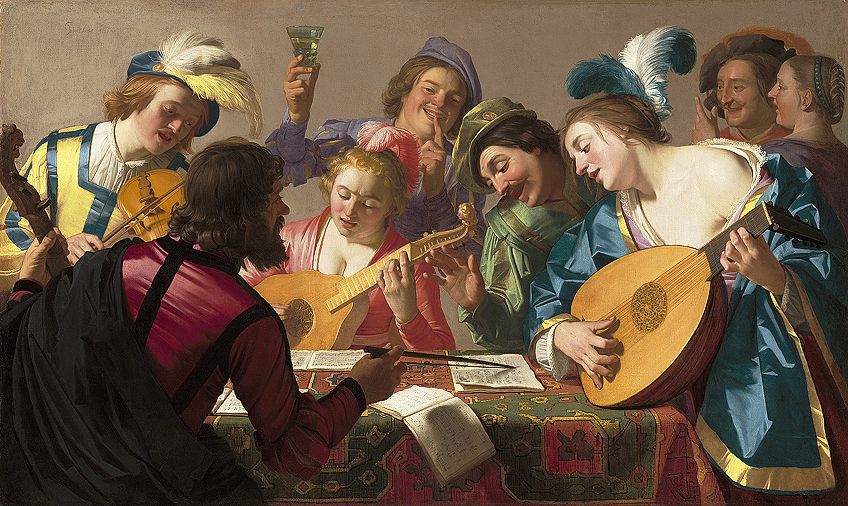
With the rise of the bourgeoisie came an increase in demand for music as entertainment, and as a hobby for educated amateurs. The spread of masses throughout Europe corresponded with the consolidation of polyphonic technique into the flowing style, which resulted in the work of composers in the latter half of the 16th century.
The emergence of a humanistic way of thinking, the restoration of ancient Greek and Roman culture and art increased innovation and exploration, the expansion of the commercial enterprise, this same rise of a bourgeois class, and the Protestant Reformation all had a significant impact on the music of the era, as they did on the other arts. A single, unifying musical language arose from this evolving civilization, particularly the polyphonic manner of the Franco-Flemish tradition.
And that concludes our look at our favorite Renaissance facts. The Renaissance, which spanned from the 14th through the 17th century, was a time when classical literature, philosophy, and art were revived. Some of history’s greatest thinkers, philosophers, diplomats, scientists, and craftspeople flourished during this time, while global discovery opened up new nations and civilizations to European trade. The Renaissance is recognized as the link to the chasm between the Middle Ages and modern civilization.
Frequently Asked Questions
What Was the Renaissance?
After the Middle Ages, when classical philosophy was mostly disregarded or forgotten, there was a rebirth of significant interest in and study about ancient antiquity. Renaissance philosophers saw the Middle Ages as an era of cultural decay. They attempted to reinvigorate their culture by re-emphasizing ancient books and ideals. They enlarged and interpreted them, developing their own art, philosophy, and scientific research styles. Humanist philosophy, astronomy, the printing press, writing, painting and sculpting technique, globe exploration, and, in the late Renaissance, the writings of Shakespeare were among the key innovations of the Renaissance.
What Does Renaissance Mean?
The Renaissance, meaning rebirth in French, is commonly used to refer to a time in European history that lasted from A.D. 1400 to A.D. 1600. However, depending on the country, many historians believe it began sooner or finished later. It spanned the Middle Ages and contemporary times, with intersections with the Elizabethan and Restoration eras, which vary depending on the nation. The Renaissance is most strongly linked with Italy, where it started in the 14th century, however, many of the same cultural shifts and occurrences occurred in Germany, France, and England.
How Did the Renaissance Start?
Throughout the Middle Ages, which spanned from the fall of ancient Rome in 476 A.D. until the beginning of the 14th century, Europeans made limited advances in science and culture. The Dark Ages are commonly linked with violence, illiteracy, famine, and diseases such as the Black Death. Other academics, however, think that such grim pictures of the Middle Ages were highly exaggerated, and many agree that there was a lack of appreciation for ancient Roman and Greek ideas and knowledge at the time.
When Did the Renaissance End?
Academics believe that many factors contributed to the Renaissance’s downfall. The Italian peninsula had been destroyed by a succession of battles by the end of the 15th century. Invaders from Spain, France, and Germany fought over Italian territory, bringing chaos and unrest throughout the region. Shifting trade routes also caused an economic depression, restricting the amount of money that wealthy patrons could invest in the arts. Following the Protestant Reformation, the Catholic church persecuted artists and authors in a campaign referred to as the Counter-Reformation. Renaissance thinkers were frightened to be too audacious, which stifled their creativity.
Why is the Renaissance Important?
Around the 14th century, humanism began to acquire momentum in Italy. Humanism advocated, among other things, the concept that mankind was the center of his own universe and that people should honor his achievements in education, traditional arts, writing, and technology. The advent of the Gutenberg printing press in 1450 increased communication throughout Europe and hastened the spread of ideas. As a result of this progress, little-known writings by early humanist writers like Giovanni Boccaccio and Francesco Petrarch, which championed the resuscitation of old Roman and Greek culture and values, were written and transmitted to the public.
Jordan Anthony is a Cape Town-based film photographer, curator, and arts writer. She holds a Bachelor of Art in Fine Arts from the University of the Witwatersrand, Johannesburg, where she explored themes like healing, identity, dreams, and intuitive creation in her Contemporary art practice. Jordan has collaborated with various local art institutions, including the KZNSA Gallery in Durban, the Turbine Art Fair, and the Wits Art Museum. Her photography focuses on abstract color manipulations, portraiture, candid shots, and urban landscapes. She’s intrigued by philosophy, memory, and esotericism, drawing inspiration from Surrealism, Fluxus, and ancient civilizations, as well as childhood influences and found objects. Jordan is working for artfilemagazine since 2022 and writes blog posts about art history and photography.
Learn more about Jordan Anthony and about us.
Cite this Article
Jordan, Anthony, “Renaissance Facts – A Summary of Renaissance History.” artfilemagazine – Your Online Art Source. February 16, 2022. URL: https://artfilemagazine.com/renaissance-facts/
Anthony, J. (2022, 16 February). Renaissance Facts – A Summary of Renaissance History. artfilemagazine – Your Online Art Source. https://artfilemagazine.com/renaissance-facts/
Anthony, Jordan. “Renaissance Facts – A Summary of Renaissance History.” artfilemagazine – Your Online Art Source, February 16, 2022. https://artfilemagazine.com/renaissance-facts/.


